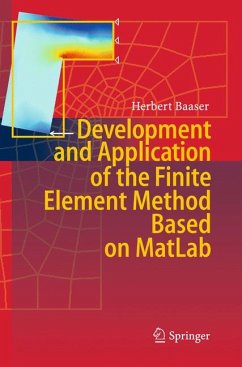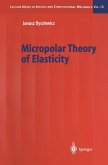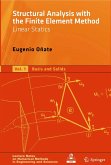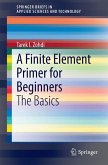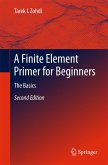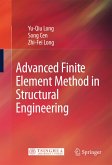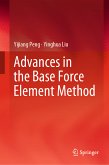The intention of this booklet is a brief but general introduction into the treatment of the Finite Element Method (FEM). The FEM has become the leading method in computer-oriented mechanics, so that many scientific branches have grown up besides over the last decades. Nevertheless, the FEM today is a question of economy. On the one hand its industrial application is forced to reduce product development costs and time, on the other hand a large number of commercial FEM codes and a still growing number of software for effective pre- and postprocessors are available in the meantime.
Dieser Download kann aus rechtlichen Gründen nur mit Rechnungsadresse in A, B, BG, CY, CZ, D, DK, EW, E, FIN, F, GR, HR, H, IRL, I, LT, L, LR, M, NL, PL, P, R, S, SLO, SK ausgeliefert werden.

